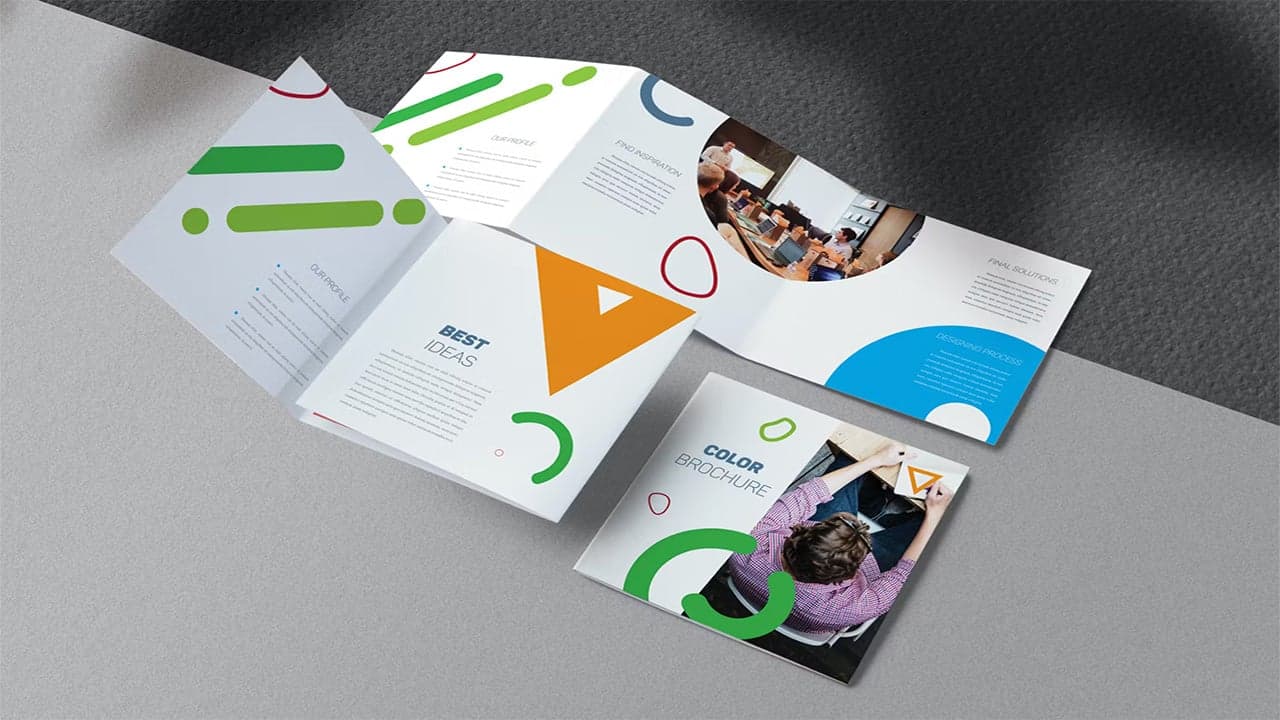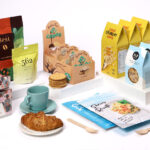Vertical brochures play a crucial role in marketing by effectively communicating your brand’s message in an eye-catching format. These brochures are versatile and used widely due to their ability to display content in a structured manner. Marketing professionals understand the importance of vertical brochures in establishing clear communication with the target audience.

What are Vertical Brochures?
Vertical brochures are a type of printed material, arranged in a tall, narrow format. This design style allows for a portrait layout that is ideal for showcasing detailed imagery along with concise, compelling copy. They are popular in various industries including retail, real estate, and events, offering a professional look to the printed advertisements.
Importance of Design in Vertical Brochures
The design of a brochure significantly impacts its effectiveness. A well-designed vertical brochure can grab attention, convey the message quickly, and persuade the audience to take action. This involves carefully planning out the layout, choosing adequate colors, fonts, and ensuring high-quality printing.
Key Elements of a Vertical Brochure
Vertical brochures should include several key elements:
- Eye-catching cover
- Clearly organized sections
- High-quality images
- Compelling headlines
- Calls to action
A combination of these elements results in a visually appealing and effective piece of marketing material.
Applications of Vertical Brochures
Vertical brochures are applicable in numerous settings:
- Product launches
- Real estate listings
- Event promotions
- Travel brochures
- Corporate meetings
Each application uses the brochure’s space and design to focus the reader’s attention on essential details.
Design Tips for Creating Impactful Vertical Brochures
Choose the Right Paper
Select a sturdy and premium quality paper to ensure the brochure has a professional feel.
Effective Use of White Space
White space is crucial in brochure design for clarity and readability. It helps in separating and highlighting different sections of content.
Color Schemes and Fonts
The choice of colors and fonts can make or break the design. Use brand-appropriate colors and legible fonts to make the information stand out.
Engaging Text and Imagery
High-resolution images and photography should be coupled with engaging text to make the brochure more appealing. Writing should be concise and to the point.
Printing Tips and Techniques
Ensure the printing process maintains the integrity of the design. Opt for high-resolution printing services.
Consider checking out this guide by PrintPlace for additional insights on using brochures effectively.
FAQs on Vertical Brochures
What is the ideal size for a vertical brochure?
The standard size is generally 8.5 x 11 inches, but it can vary based on your specific needs.
How many pages should a vertical brochure have?
It typically includes four to six pages, but this can be adjusted depending on the amount of information you need to convey.
How can I ensure my brochure stands out?
Focus on a compelling design, high-quality images, and clear, concise text. Utilize professional printing services to complete the finish.

Conclusion
By understanding and following these guidelines, businesses can leverage vertical brochures to make significant impacts in their marketing campaigns. These brochures are cost-effective, versatile, and an essential tool for any marketing professional aiming to present their products or services in a visually engaging way.
This article contains affiliate links. We may earn a commission at no extra cost to you.






